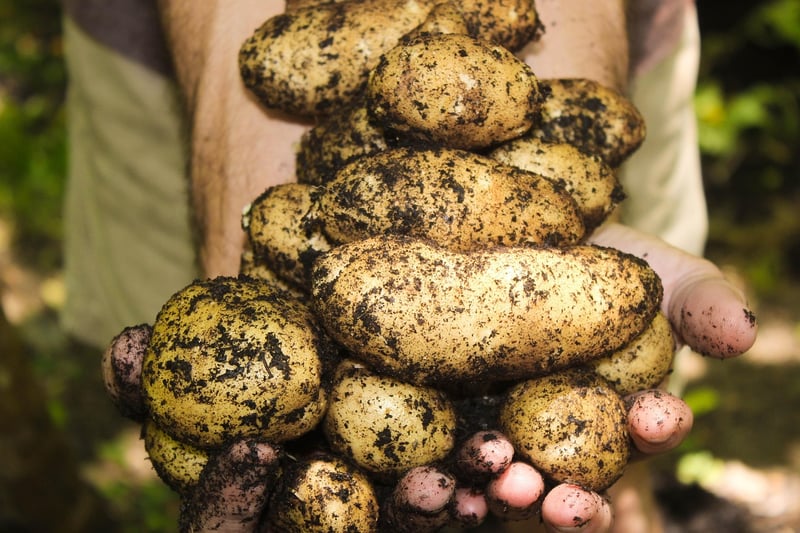Soil Types
The Basics of Soil Types for Gardeners
As a gardener, understanding the different types of soil is essential for the success of your plants. Each type has its own characteristics that affect drainage, nutrient availability, and overall plant health. Let's explore the main soil types you may encounter in your garden:
1. Clay Soil
Clay soil is dense and heavy, holding onto water and nutrients. While it is fertile, it can be challenging for plant roots to penetrate. To improve clay soil, add organic matter like compost to enhance drainage and aeration.
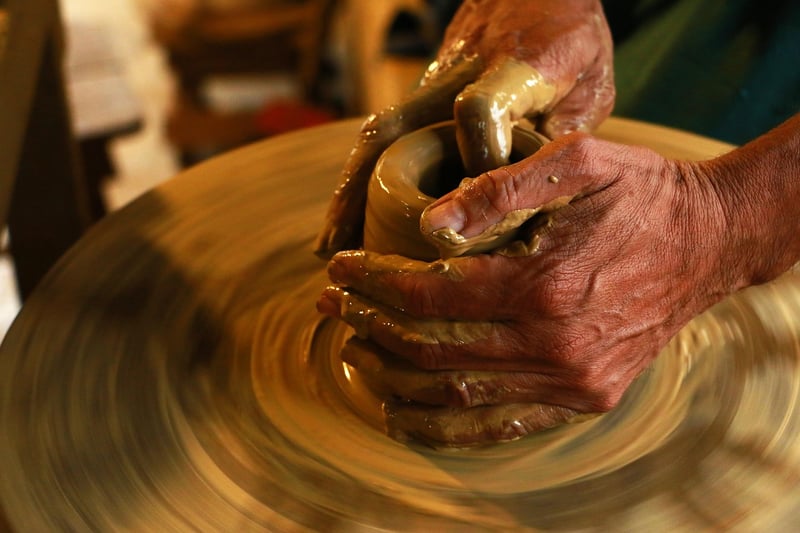
2. Sandy Soil
Sandy soil has large particles, leading to excellent drainage but poor water retention. It warms up quickly in spring, making it suitable for early planting. To enhance sandy soil, incorporate organic matter like peat moss to improve water retention.
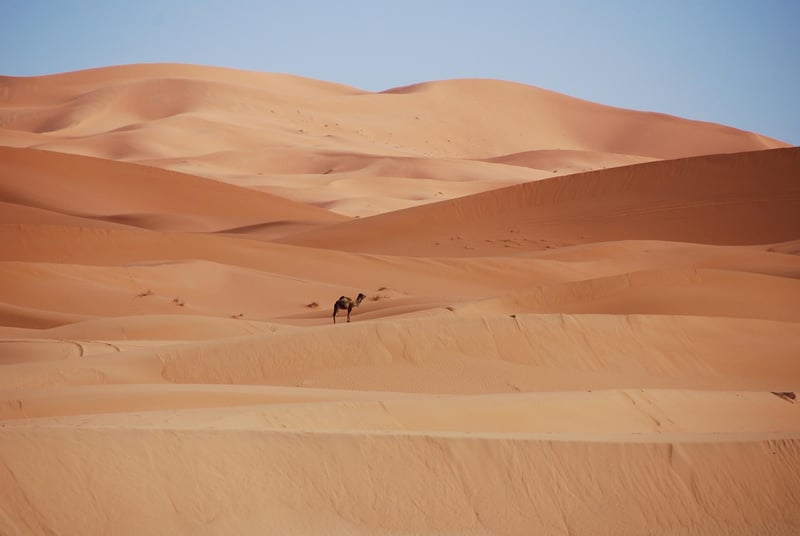
3. Loamy Soil
Loamy soil is a balanced mixture of sand, silt, and clay, offering excellent drainage, moisture retention, and fertility. It is ideal for most plants and is easy to work with. Regularly adding compost can further enrich loamy soil.
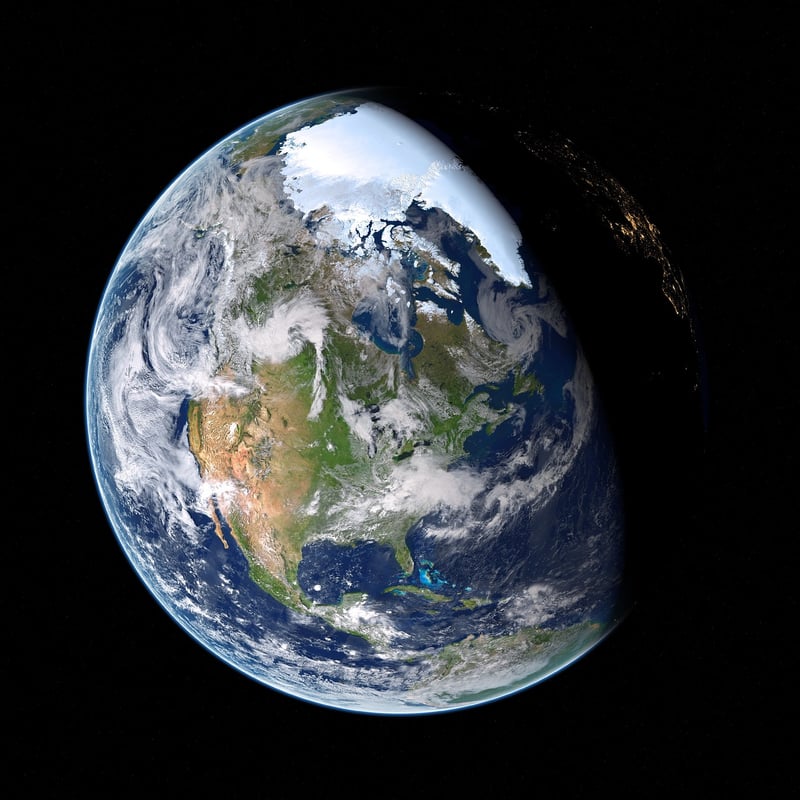
4. Peat Soil
Peat soil is high in organic matter and retains moisture well. It is acidic and may require lime to adjust the pH for certain plants. Peat soil is commonly used in potting mixes and as a soil conditioner.
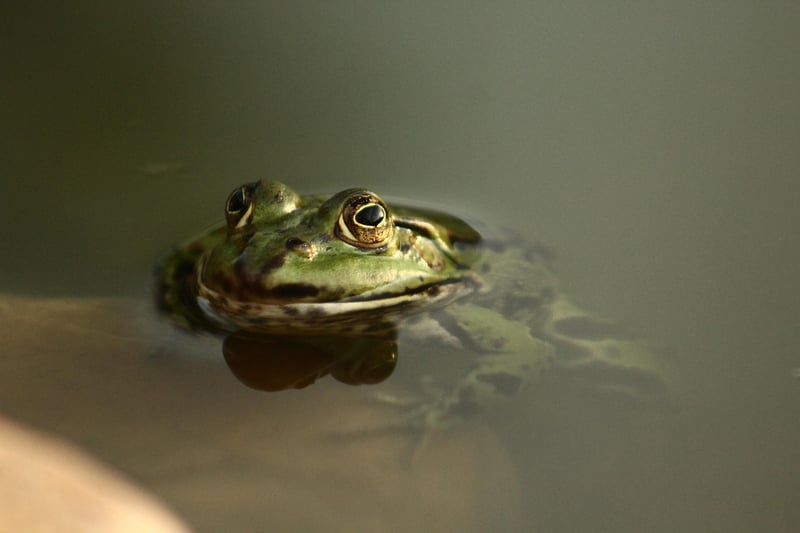
5. Chalky Soil
Chalky soil is alkaline and drains quickly. It may lack certain nutrients like iron and manganese, affecting plant growth. Adding organic matter and using acidic fertilizers can help plants thrive in chalky soil.

By identifying the soil type in your garden and making necessary amendments, you can create an optimal growing environment for your plants. Remember to observe how your plants respond to the soil conditions and adjust as needed for a thriving garden!
For more gardening tips and information, visit Royal Horticultural Society.
